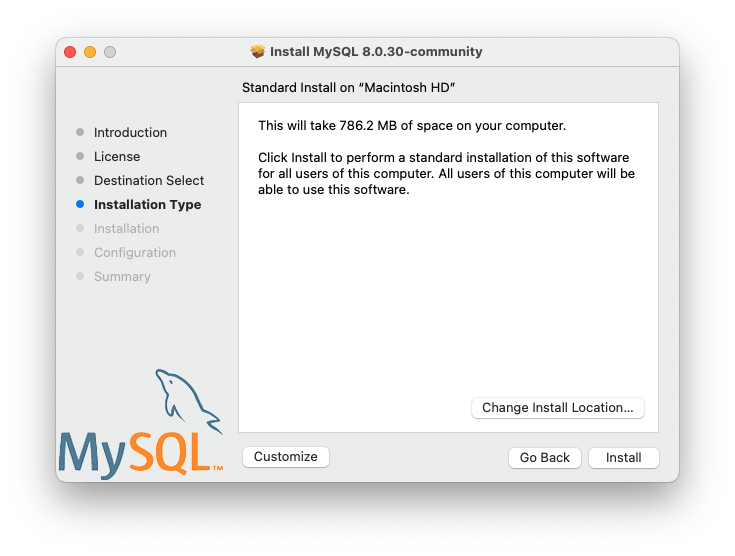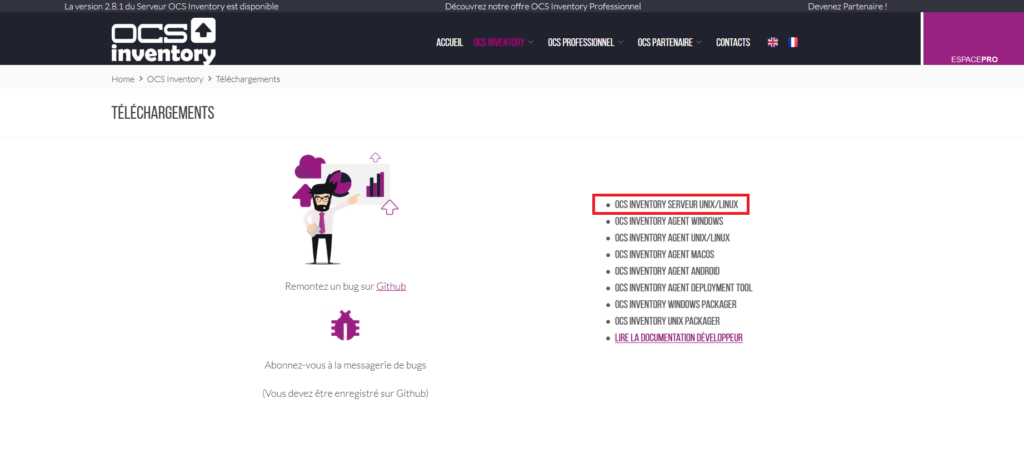

Switch to unix_socket authentication Īnd now yes, you can change the root password by answering Y to the question Change the root password? If You already have your root account protected, so you can safely answer 'n'. Now you can define the MariaDB authentication protocol. When prompted for the root user password, just press ENTER: Enter current password for root (enter for none): For this, we have the mysql_secure_installation script to help us with this. When MariaDB is installed, it does not include a password for the root user, so it is immediately necessary to set one. Process: 9948 ExecStartPost=/etc/mysql/debian-start (code=exited, status=0/SUCCESS) Process: 9946 ExecStartPost=/bin/sh -c systemctl unset-environment _WSREP_START_POSITION (code=exited, status=0/SUCCESS) usr/bin/galera_recovery` & systemctl se>

Process: 9884 ExecStartPre=/bin/sh -c & VAR= || VAR=`cd /usr/bin/. Process: 9882 ExecStartPre=/bin/sh -c systemctl unset-environment _WSREP_START_POSITION (code=exited, status=0/SUCCESS) Process: 9881 ExecStartPre=/usr/bin/install -m 755 -o mysql -g root -d /var/run/mysqld (code=exited, status=0/SUCCESS) Loaded: loaded (/lib/systemd/system/rvice enabled vendor preset: enabled)Īctive: active (running) since Tue 23:38:11 CEST 21min ago
rvice - MariaDB 10.5.11 database server. If you want to start it again, then run systemctl start mariadbįinally, you can check the status of the service by running this command systemctl status mariadb You can stop the service by running systemctl stop mariadb Mariadb Ver 15.1 Distrib 10.5.11-MariaDB, for debian-linux-gnu (x86_64) using EditLine wrapperĪs with other system services, when MariaDB is installed, it will be started and enabled so that it can start with the system. To check the version of MariaDB installed, you can run the following command mariadb -version There is a package that refers to the MariaDB client which is mariadb-client that you can install at your convenience. Mariadb-server mariadb-server-10.5 mariadb-server-core-10.5 mysql-common socatĠ upgraded, 16 newly installed, 0 to remove and 0 not upgraded.Īfter this operation, 157 MB of additional disk space will be used. The following NEW packages will be installed: Libdbd-mariadb-perl | libdbd-mysql-perl libterm-readkey-perl libhtml-template-perl Gawk-doc libclone-perl libmldbm-perl libnet-daemon-perl libsql-statement-perl mailx mariadb-test netcat-openbsd Mariadb-server-10.5 mariadb-server-core-10.5 mysql-common socat Galera-4 gawk libconfig-inifiles-perl libdbi-perl libmariadb3 libmpfr6 libsigsegv2 libsnappy1v5 mariadb-client-10.5 mariadb-client-core-10.5 mariadb-common The following additional packages will be installed: So, to install the server that concerns us today, then you can run the following command apt install mariadb-server There you will see many packages related to MariaDB such as the server and the client. If you want to check it out, then, just run the following command apt search mariadb As it usually happens, MariaDB is available from the official Debian 11 repositories.






 0 kommentar(er)
0 kommentar(er)
